Canon EOS R8 vs Sony A7C II: Which should you buy?
Each marketed as its brand's 'smallest full-frame camera', we're comparing the Sony A7C II with the Canon EOS R8 to find out which one is worth investing in.

Making the jump into full-frame camera systems is never a decision to be taken lightly, mainly because, most of the time, it involves investing in a full-frame lens setup as well as purchasing the camera body. For this reason, you want to make sure you're buying into the right brand to avoid buyer's regret later down the line.
Here we're looking at Sony and Canon's smallest full-frame cameras, comparing their specs and how we found them when we tested them. So, if you're in the market for your first full-frame camera and are trying to decide between the Canon EOS R8 and the Sony A7C II, hopefully, this guide will answer your questions.
We think they are among some of the best mirrorless cameras on the market and whichever option you end up going for, you'll be over the moon.

Canon EOS R8
Ideally suited to astrophotographers, the Canon EOS R8 is a reasonably priced full-frame mirrorless that performs well when shooting the stars.
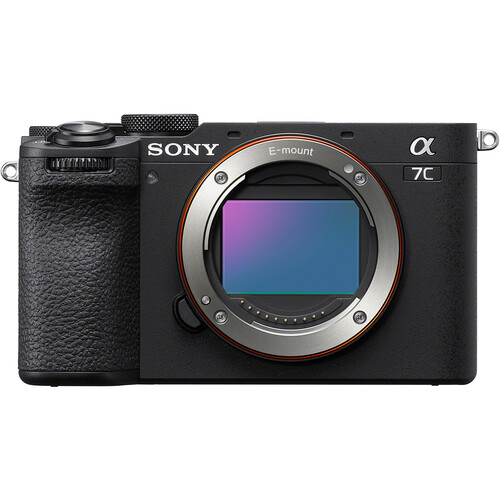
Sony A7C II
A neat little full-frame camera that will perfectly suit enthusiasts who shoot multiple photographic styles.
Specifications
Here's a quick look at some of the lenses' most important specs side by side.
| Header Cell - Column 0 | Canon EOS R8 | Sony A7C II |
|---|---|---|
| Date first released | April 2023 | September 2023 |
| RRP on release | $1499 | $2200 |
| Type | Mirrorless | Mirrorless |
| Sensor type | Full frame CMOS | Full frame BSI-CMOS |
| Megapixels | 24.2MP | 33MP |
| Lens mount | Canon RF | Sony E |
| ISO range | 100 - 102,400 (expandable to 50 - 204,800) | 100 - 51,200 (expandable to 50 - 204800) |
| Image stabilization | None | 7 stops |
| Autofocus detection range | EV –6.5 to 21 | EV-4 to 20 |
| AF points | 1053 | 759 |
| LCD screen size/resolution | 3-inch, fully articulated, 1,620,000 dots | 3-inch, fully articulated, 1,036,800 dots |
| EVF resolution | 2,360,000 dots | 2,359,296 dots |
| Slowest shutter speed | 30 sec | 30 sec |
| Continuous drive speed | Up to 6FPS | Up to 10FPS |
| Video resolution | 4K 60p uncropped | 4K 30p, 4K 60p cropped |
| Card slots | Single UHS-II SD slot | Single UHS-II SD slot |
| Weather sealed | Yes | Yes |
| Battery life (CIPA) | 220 shots with EVF / 370 shots with LCD screen | 510 shots with EVF/ 540 shots with LCD screen |
| Weight | 0.91 lbs / 414g | 1.13 lbs / 514g |
| Dimensions | 5.24 x 3.39 x 2.76-inches / 133 x 86 x 70mm | 4.88 x 2.8 x 2.48-inches / 124 x 71 x 63mm |
Similarities
- They are both a similar age, with the Canon EOS R8 being just five months older.
- While the Canon has a higher standard ISO range, they both have the same extended ISO range.
- Both cameras have around the same EVF resolution, but the Canon's LCD screen is more detailed.
- Both cameras are weather-sealed.
- Both cameras only have a single card slot.
Differences
- For cameras of a similar age, they're in a slightly different price bracket. The Sony A7C II is undoubtedly more of an investment than the Canon EOS R8, but the Sony has more features.
- The Sony A7C II has a back-illuminated sensor (BSI-CMOS), whereas the Canon EOS R8 doesn't.
- The Sony A7C II has more megapixels than the Canon EOS R8 (33MP vs 24.2MP) — but the lower number of megapixels could be better for astro.
- The Sony A7C II has seven stops of image stabilization, but the Canon EOS R8 doesn't have any image stabilization.
- The battery life (CIPA) of the Sony A7C II is over double that of the R8.
- They are both incredibly lightweight, but the Canon EOS R8 is 100g lighter than the Sony A7C II — that said, the Sony is more compact.
- Both cameras can shoot 4K video, but the Canon can shoot 60p uncropped, whereas the Sony shoots 4K 60p cropped.
- The Canon EOS R8 can autofocus down to -6.5EV, where the Sony reaches -4EV.
Reasons to buy Canon EOS R8




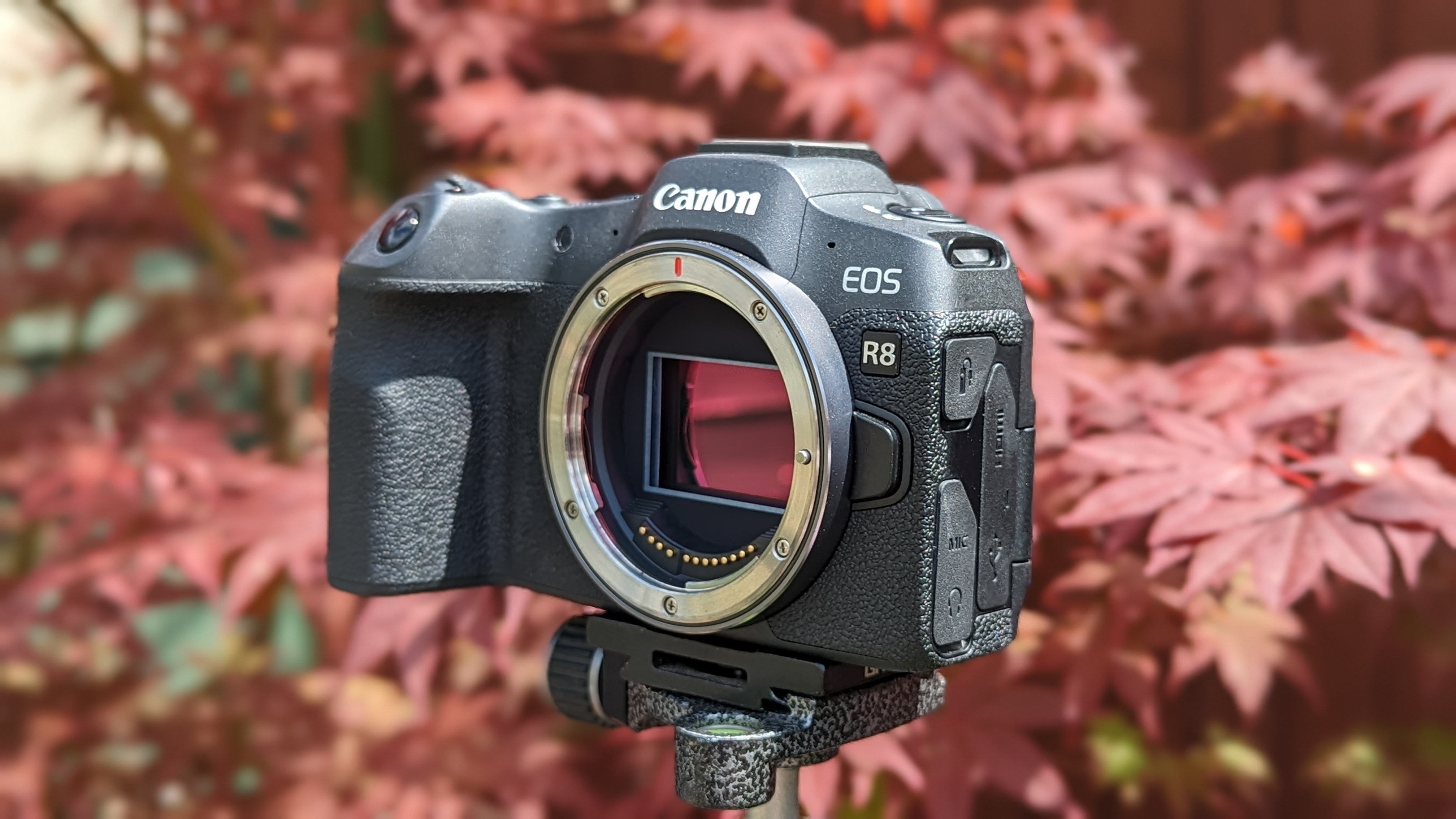

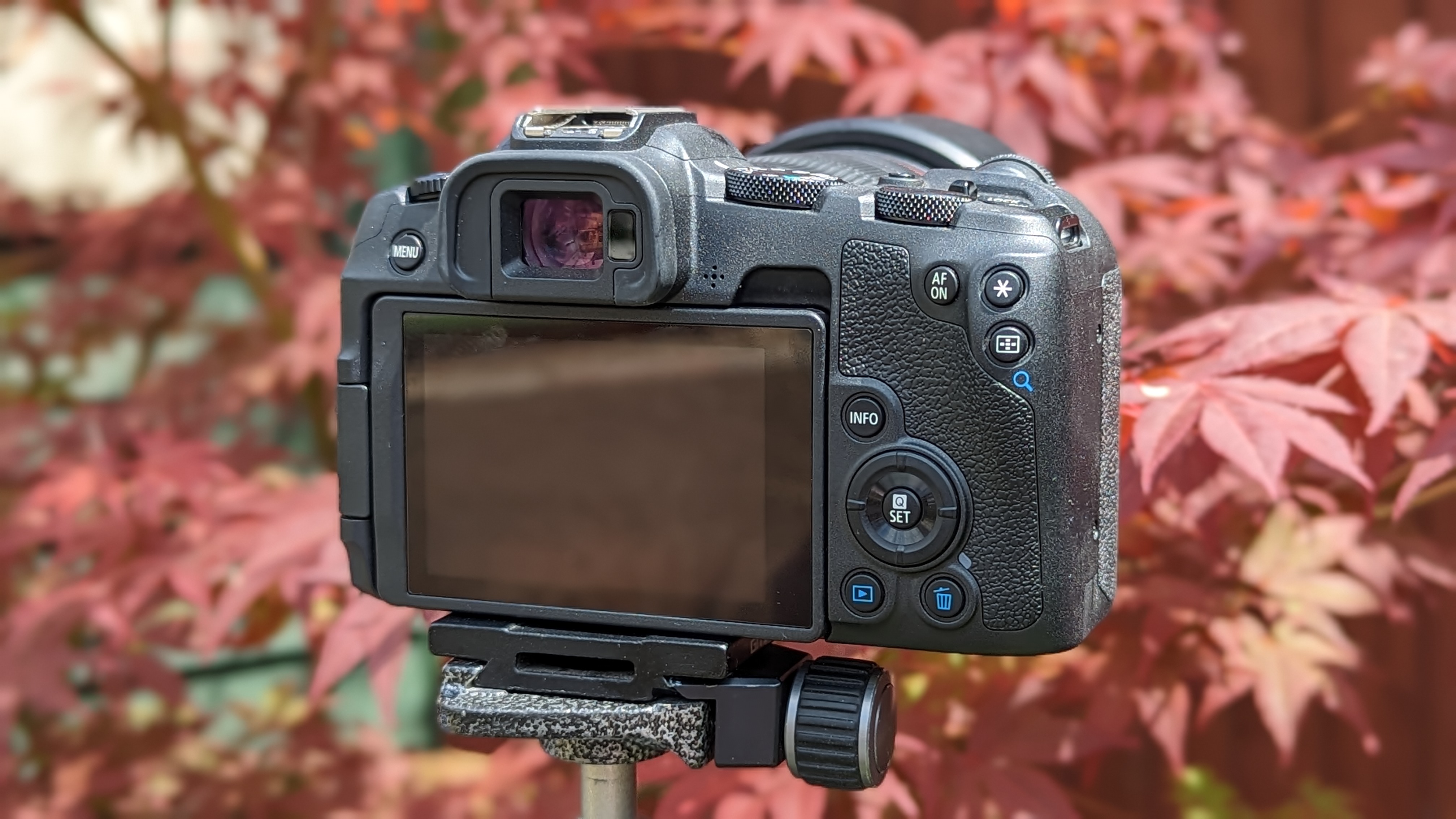
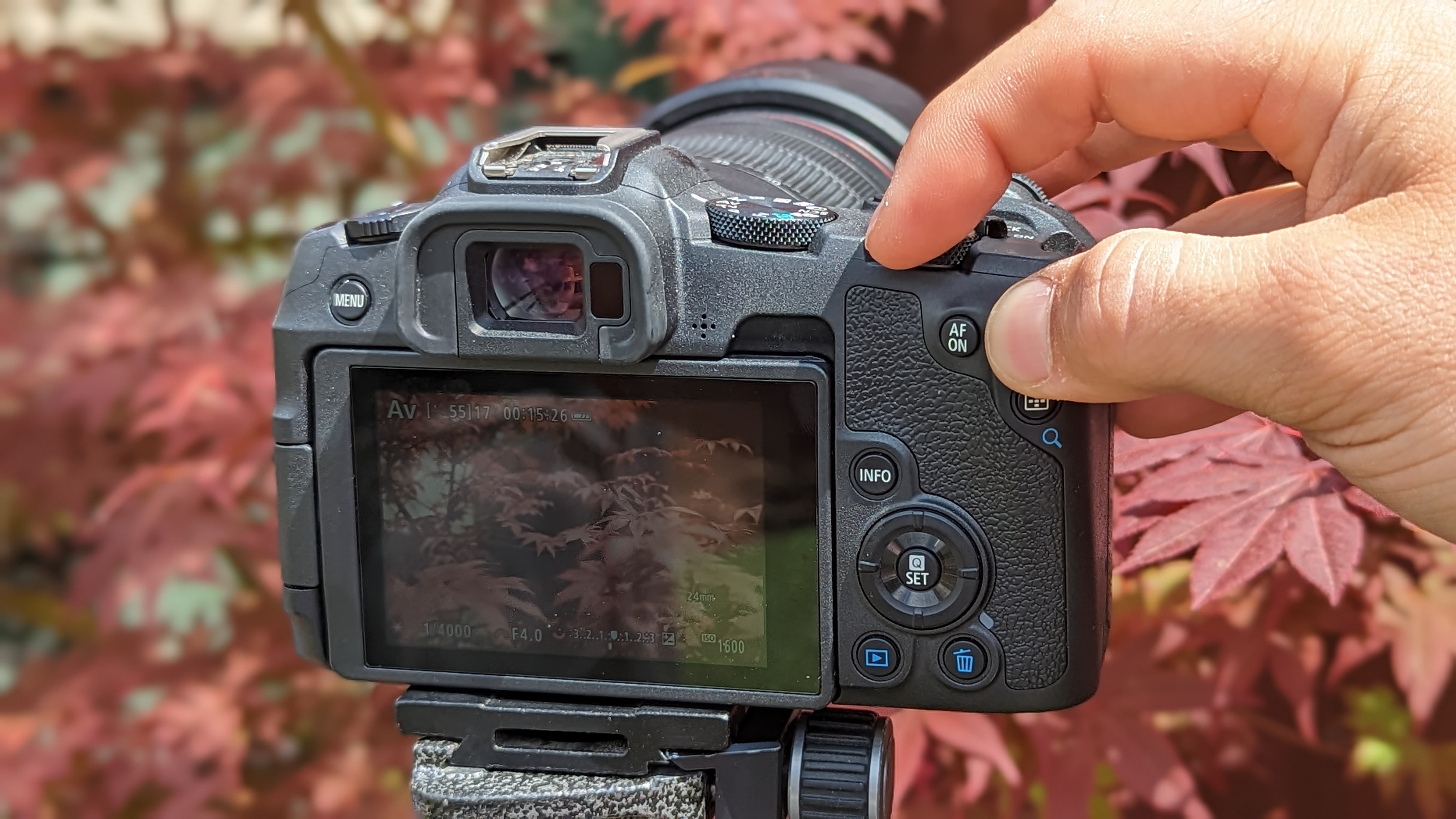
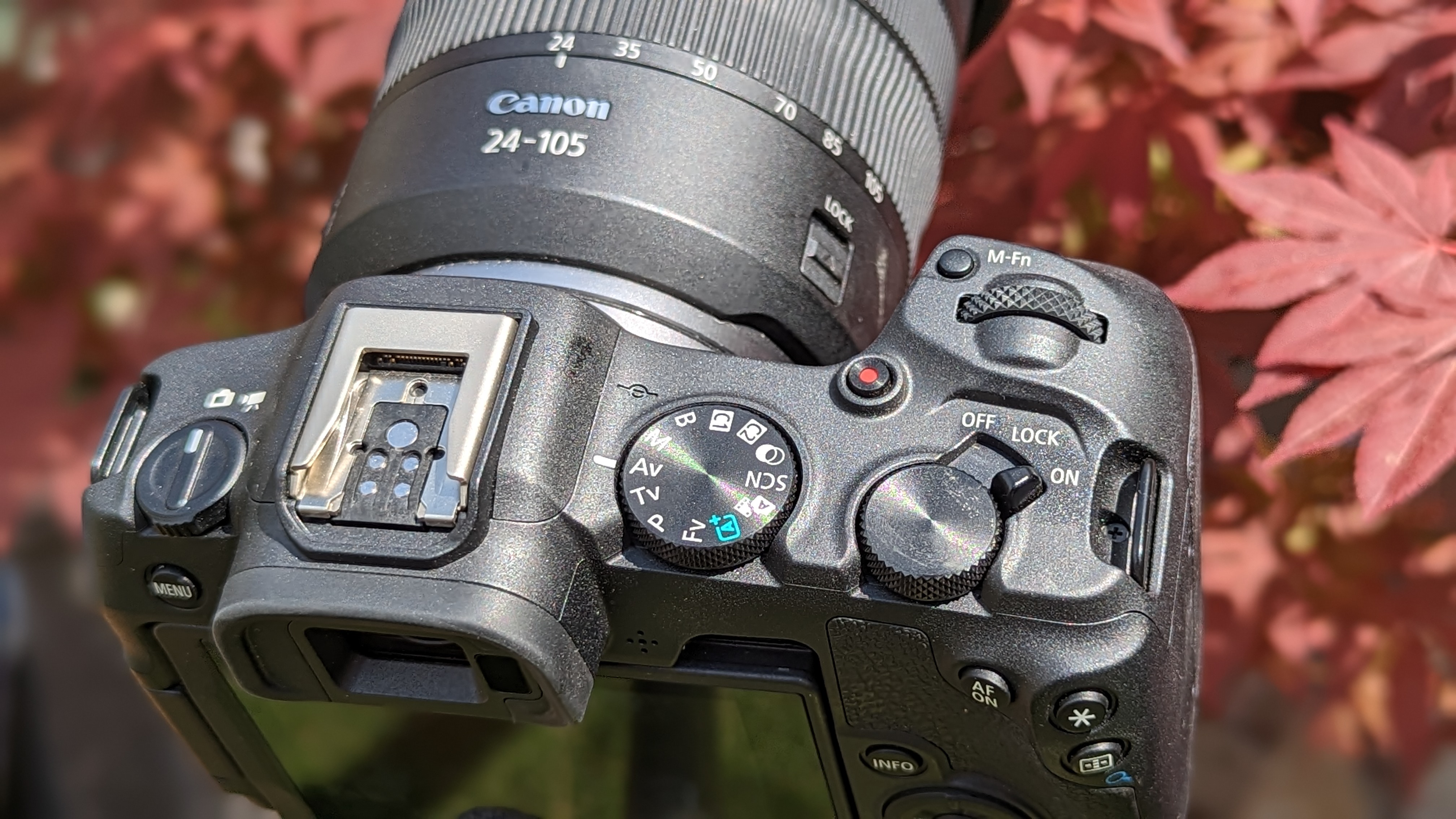
Although the Canon EOS R8 may seem like the lesser option when looking at its specs on paper compared to the Sony, there are a few features and practical reasons that make it a more tempting option in certain circumstances.
One of these things is its excellent high-ISO handling, which we noted in our full Canon EOS R8 review. We found that it comfortably handles ISO 5000 and above (which can't be said for the Sony A7C II), and its lower 24.2MP sensor means there's hardly any noticeable noise in the images. For a camera at this price point, we were seriously impressed with its high ISO performance, and we rated it as the best entry-level Canon in our best cameras for astrophotography guide.
We did find the battery life a little lacking, but if you're out on a long astro shoot you can always just take one of the best power banks out with you so you can easily charge on the go.
Breaking space news, the latest updates on rocket launches, skywatching events and more!
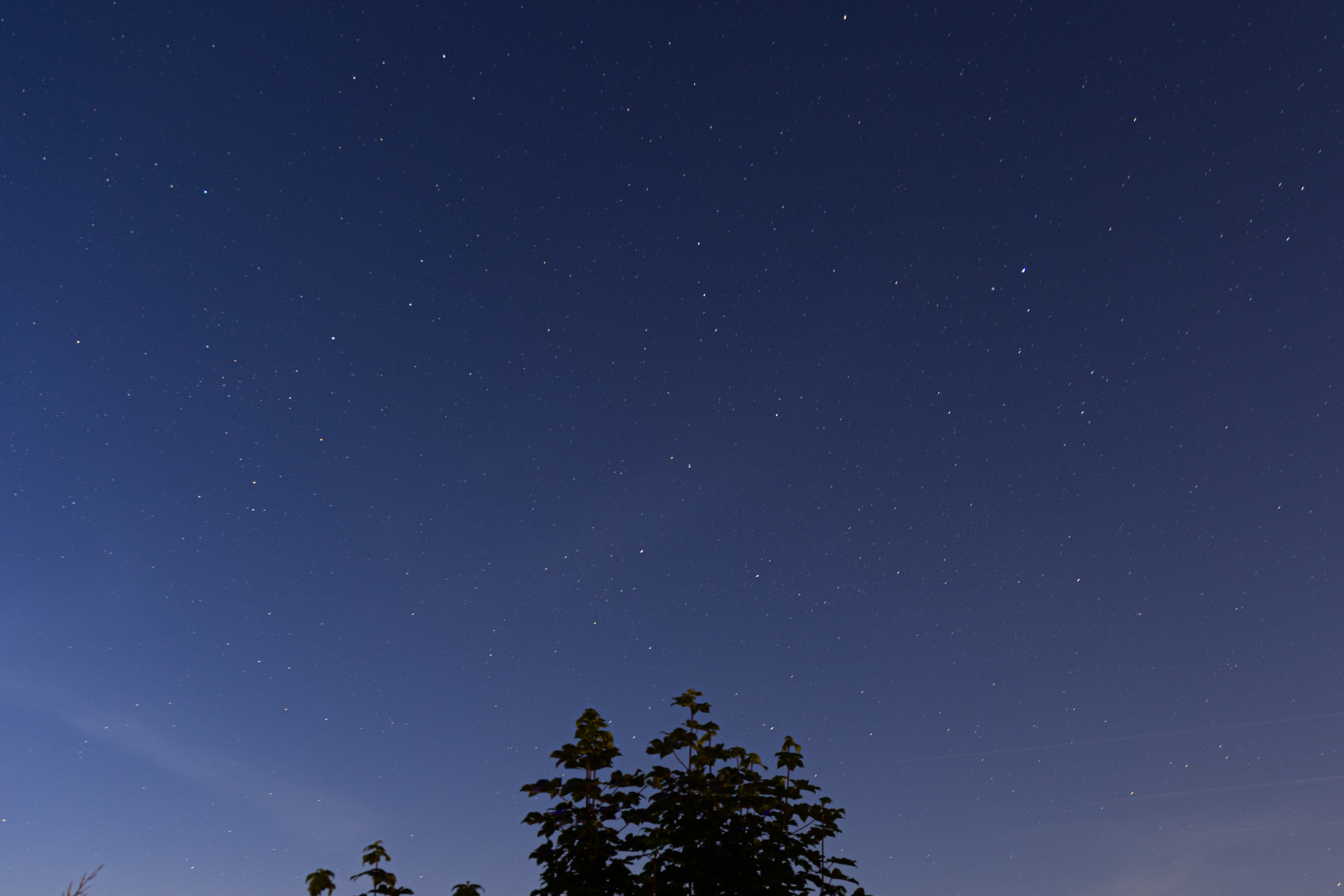

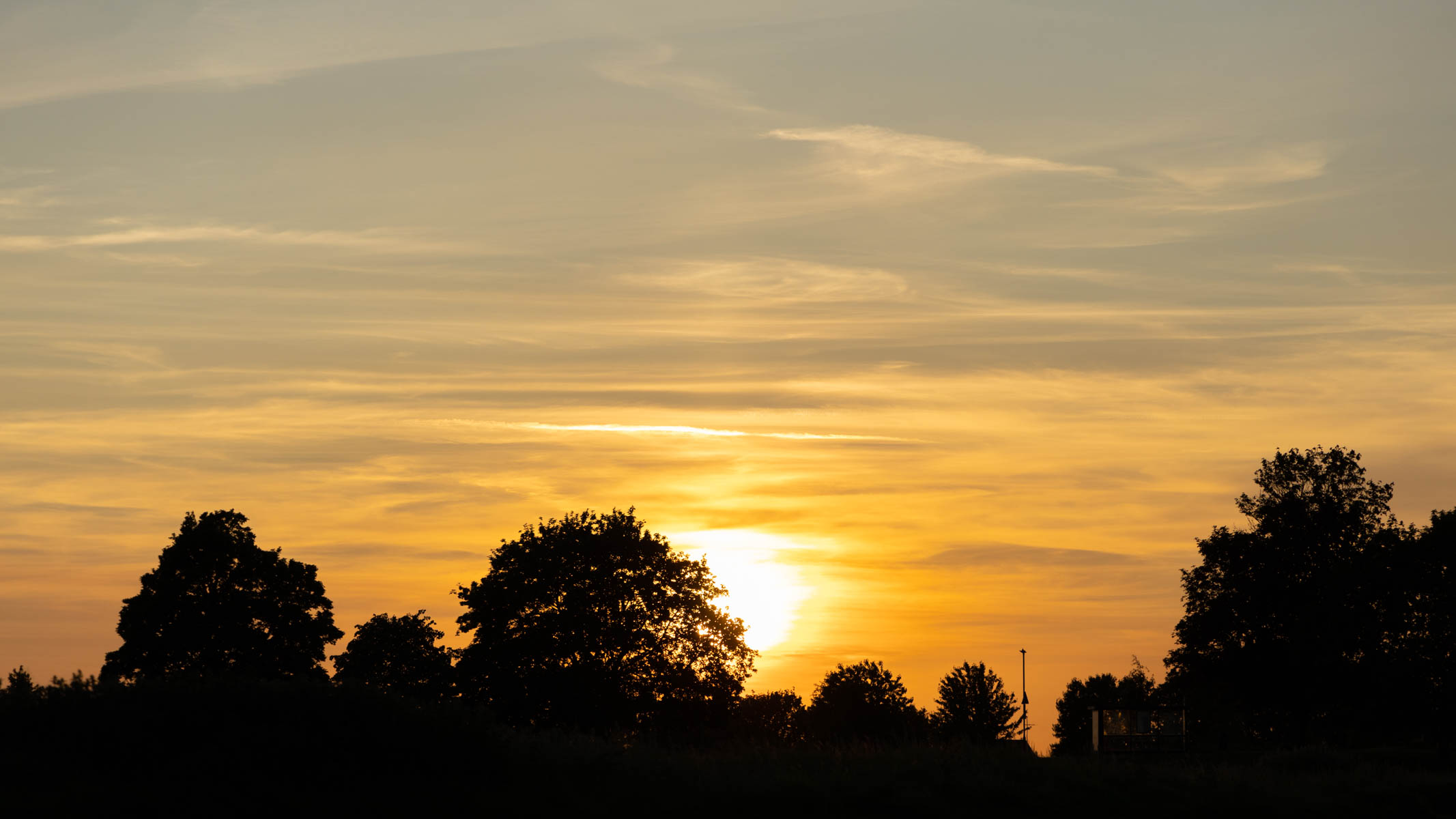
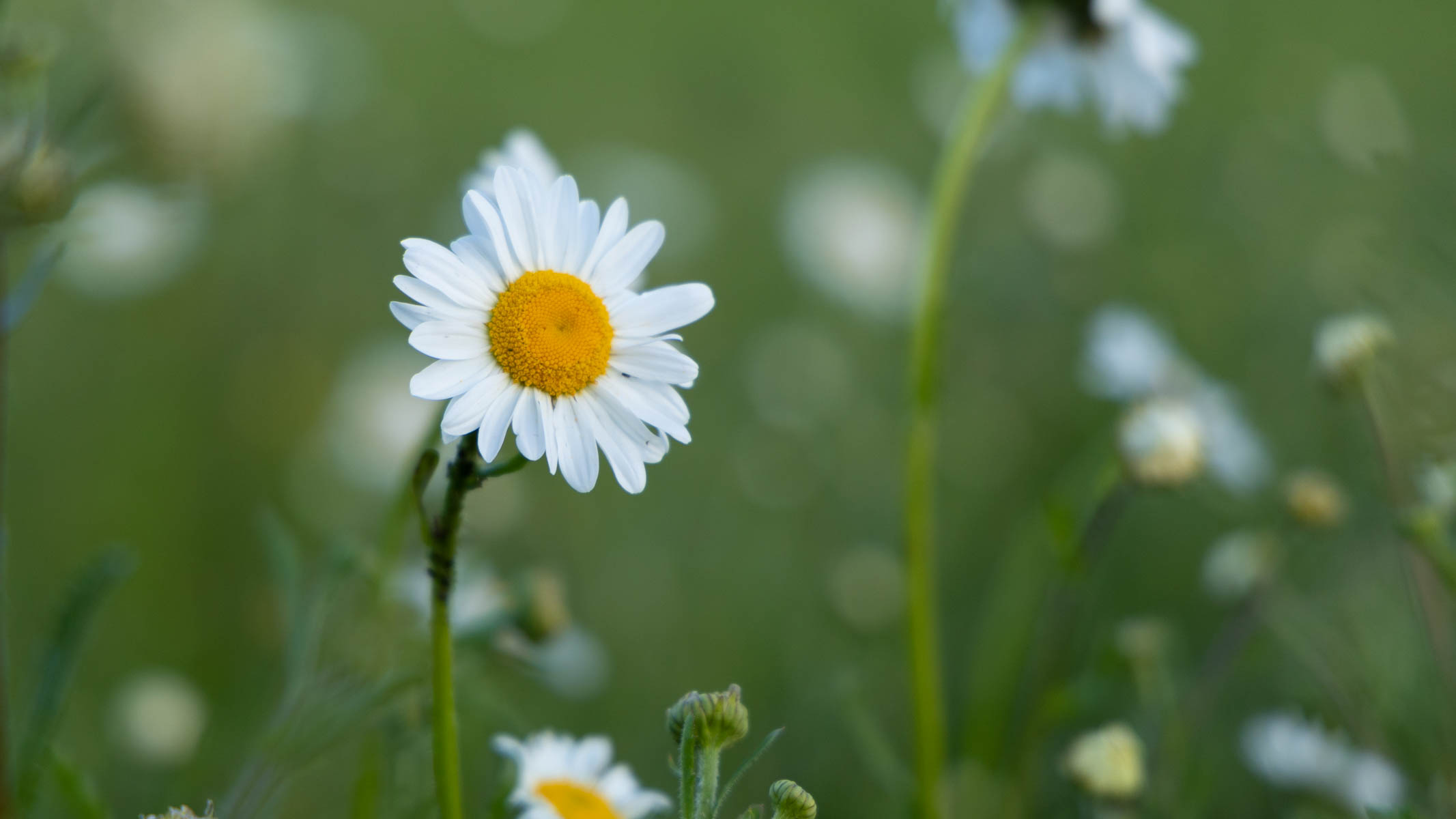
In most cases, the lack of in-body image stabilization in the Canon EOS R8 could be an issue. However, if you use this camera primarily for astrophotography, this omission doesn't make any difference other than saving you a few hundred dollars. Even so, we thought its autofocus and tracking were outstanding — not to mention the Canon EOS R8 can autofocus down to -6.5EV.
The Canon EOS R8 also has a slight advantage over the Sony regarding video specs, as it can shoot at 4K 60p uncropped, whereas the Sony's 4K 60p is cropped.
Another potential advantage of the Canon EOS R8 is it's much cheaper than the Sony A7C II. Upon release, the Canon was around $700 more affordable than the Sony, and even though the Sony seems better on paper, there's no doubt that the Canon is still an incredible camera in its own right.
- Read our full Canon EOS R8 review
Reasons to buy Sony A7C II
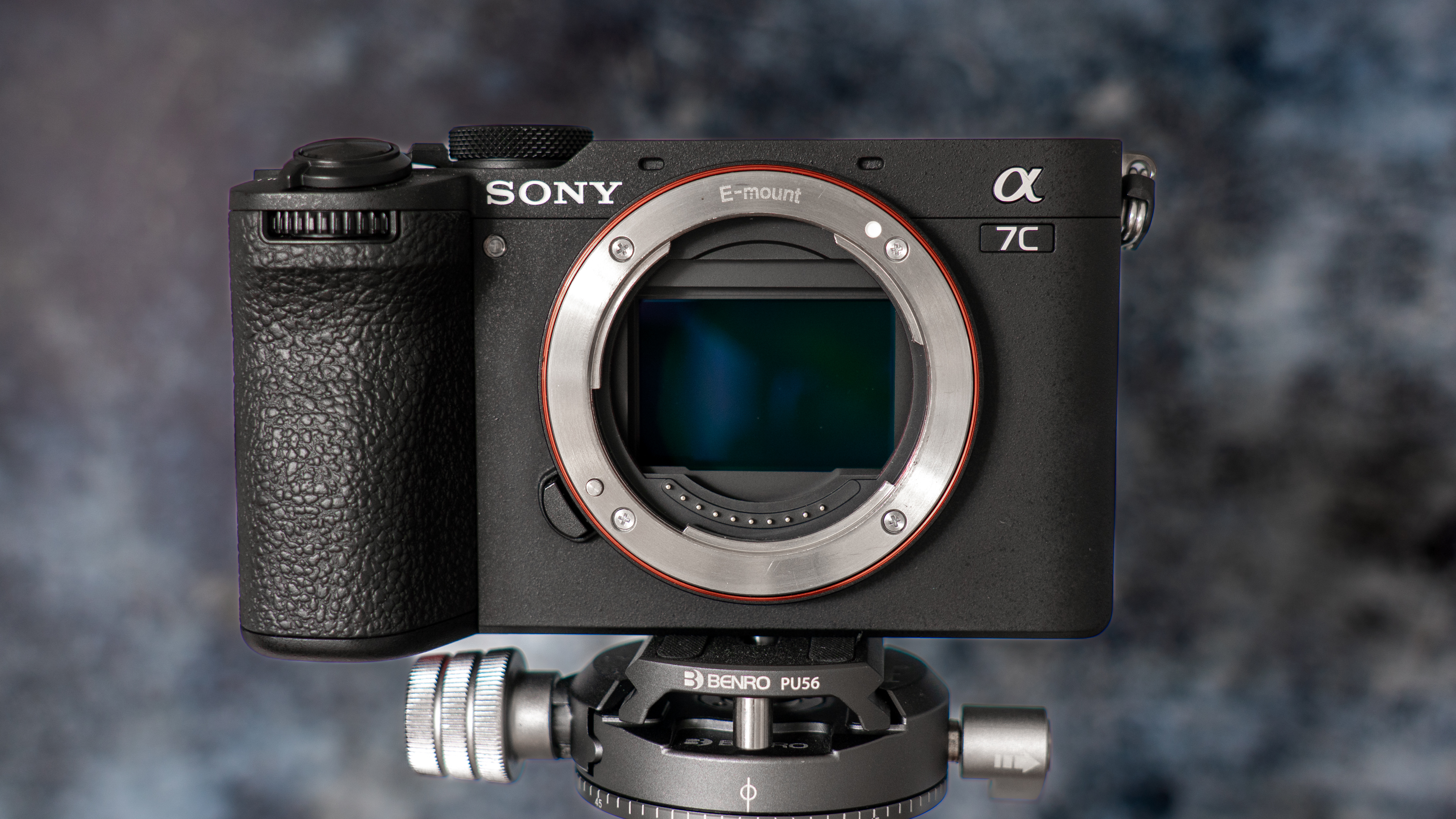

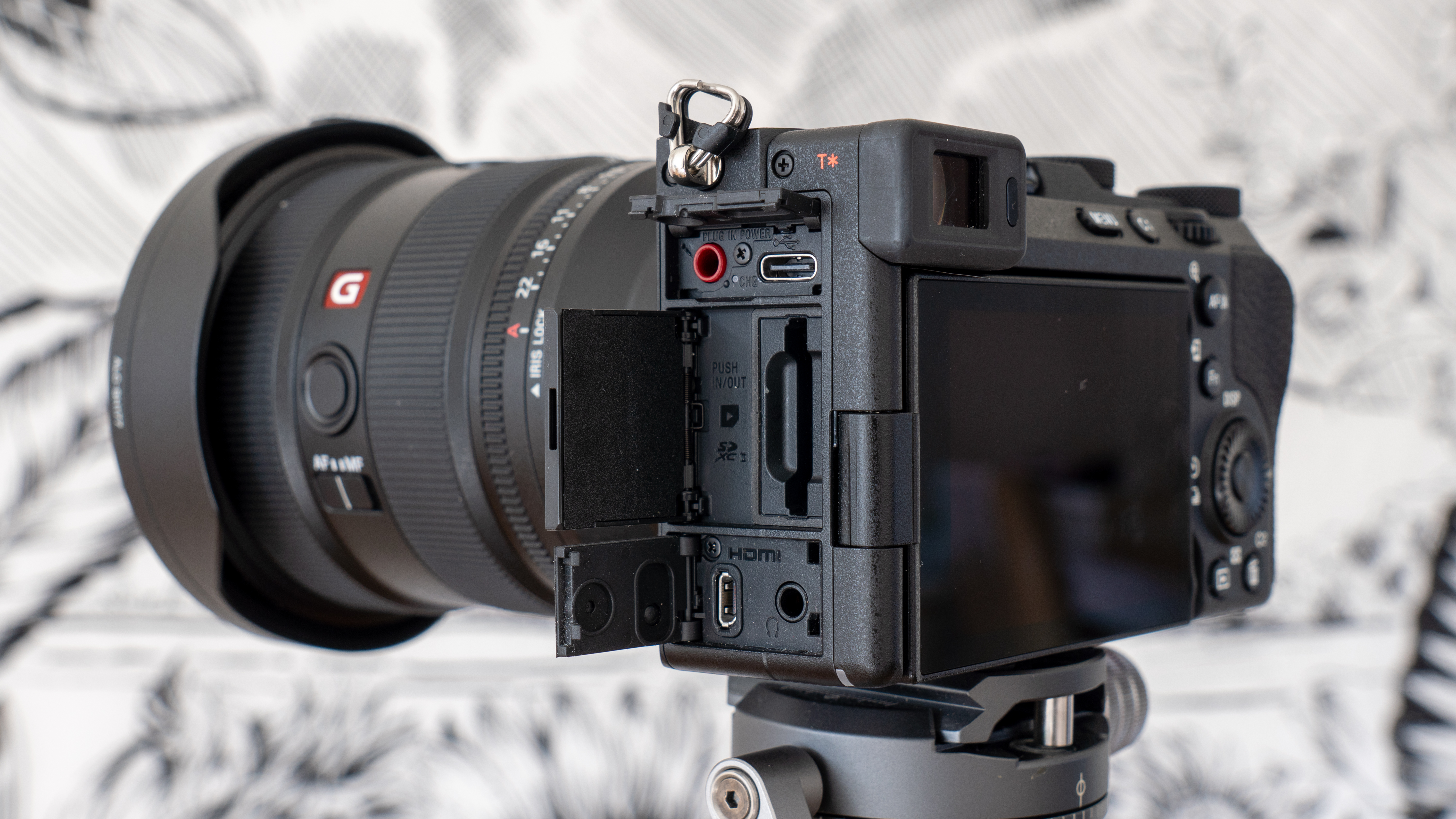
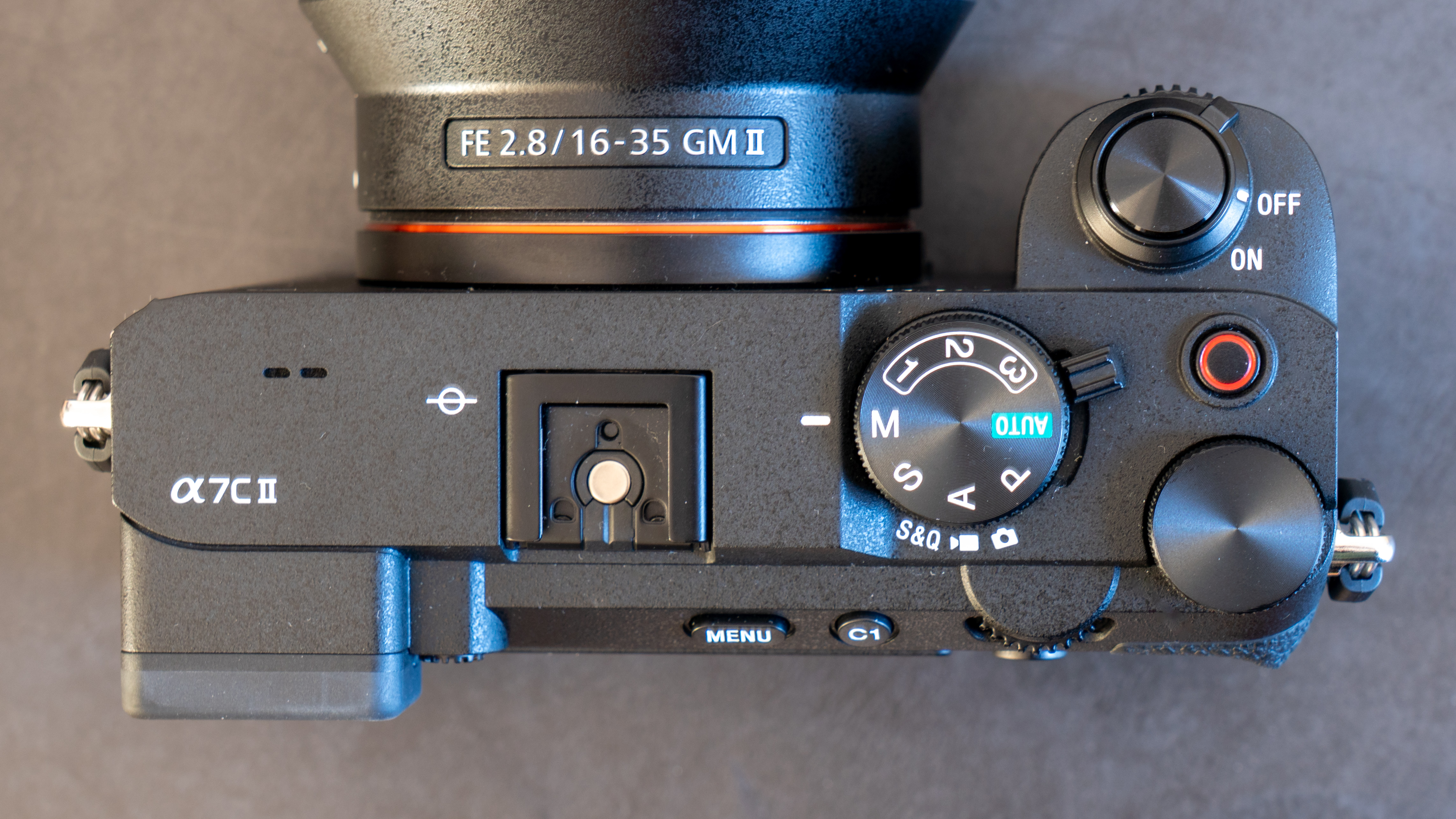
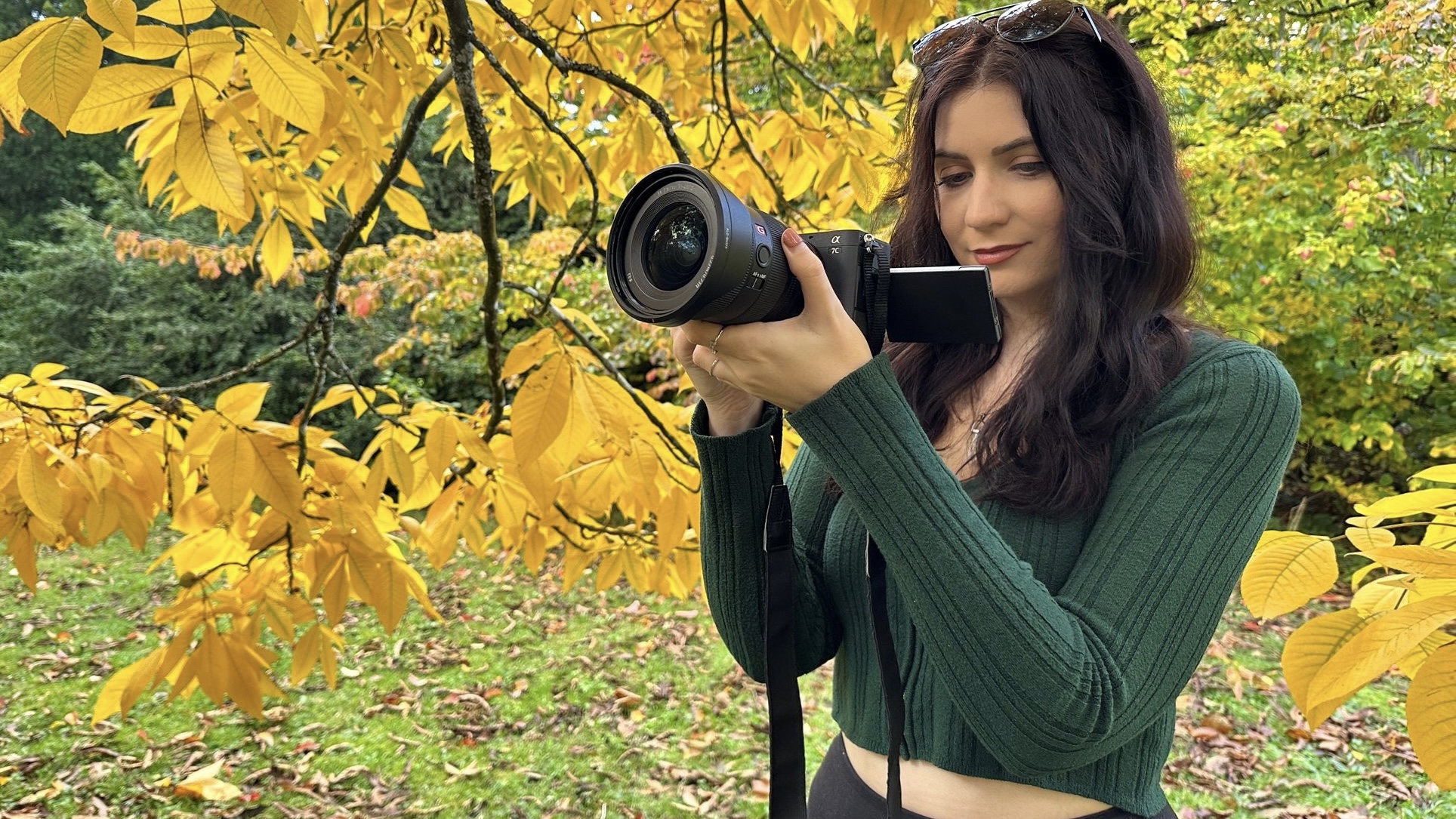
While the Sony A7C II and Canon EOS R8 are being compared here due to being each brand's smallest full-frame camera, it's not exactly the most level playing field due to the Sony having a lot more features and mostly better specs, but also being a fair bit more expensive than the Canon. That said, if you have the extra budget to spend on the Sony, here's why we think it's worth it.
While we appreciated the layout of the Canon overall and got on well with the menu systems, in our full Sony A7C II review, we found the Sony incredibly intuitive to shoot with, thanks to the addition of a front dial. Having three dials at your disposal means you can simultaneously change the aperture, shutter speed and ISO on the camera body. In contrast, on the Canon EOS R8, you can only adjust two at a time. That would be fine for beginners who shoot in aperture priority or shutter priority. If you want to advance your skills and shoot in manual mode, the Sony A7C II is the better ergonomic option.
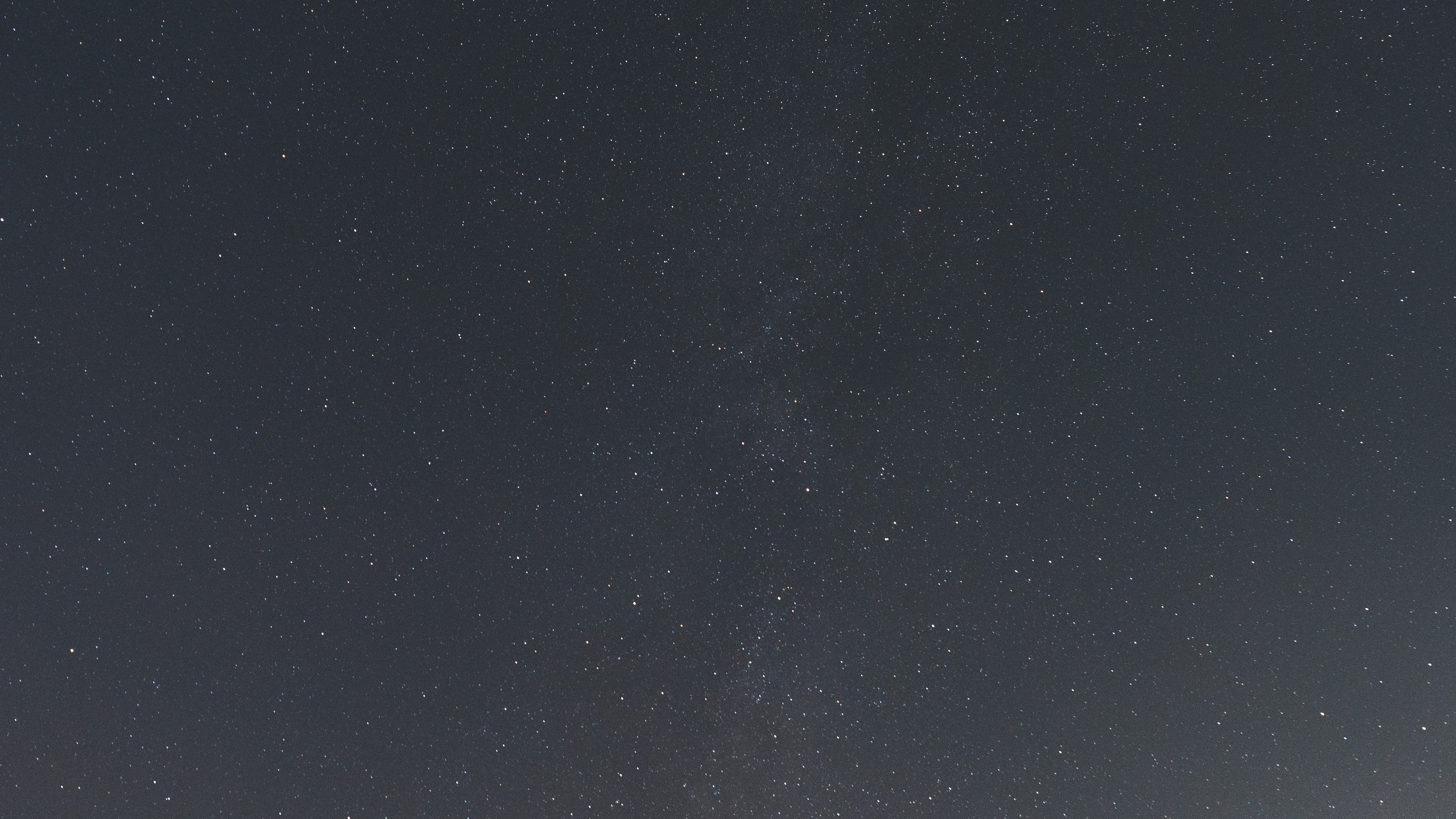
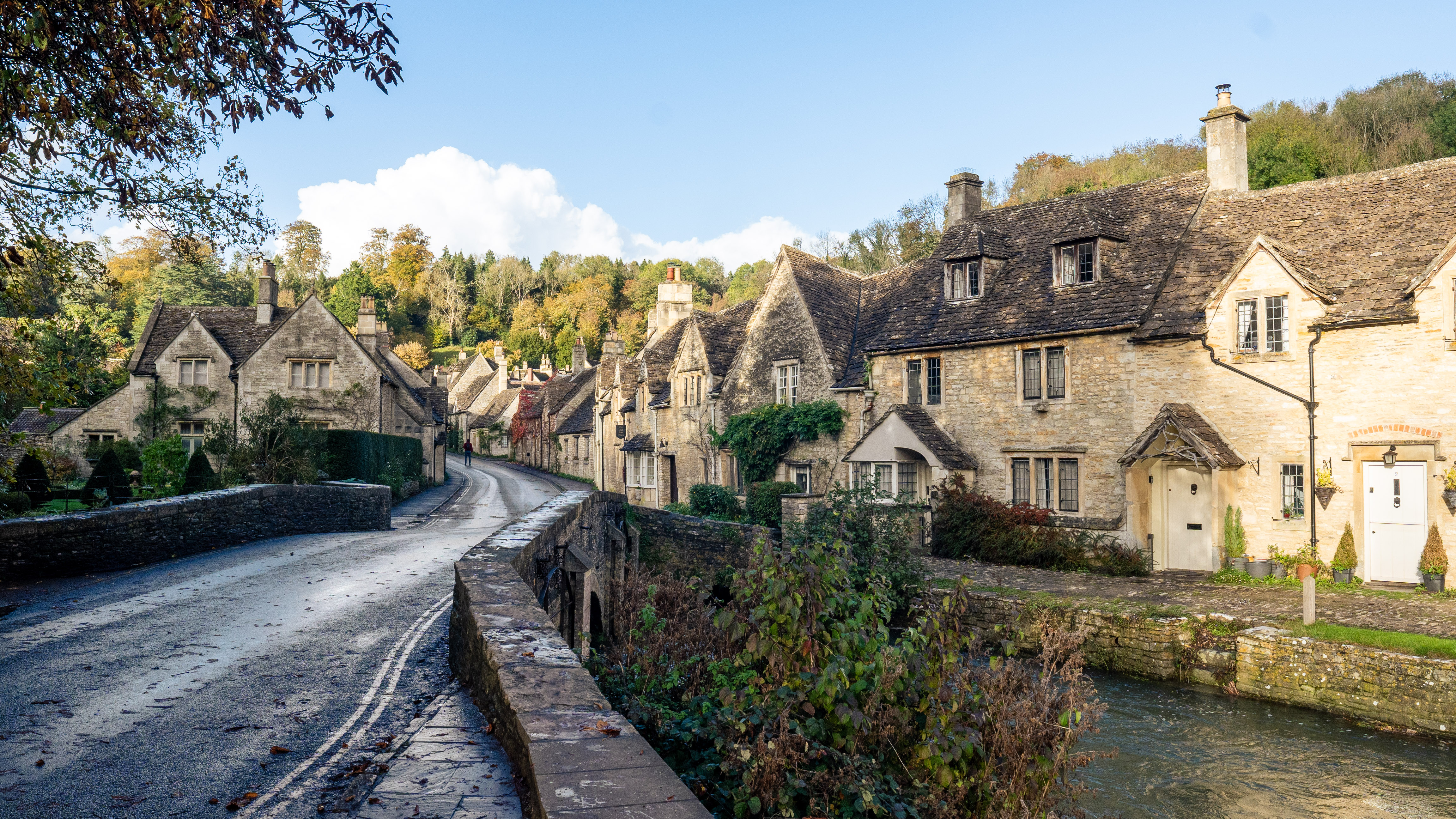

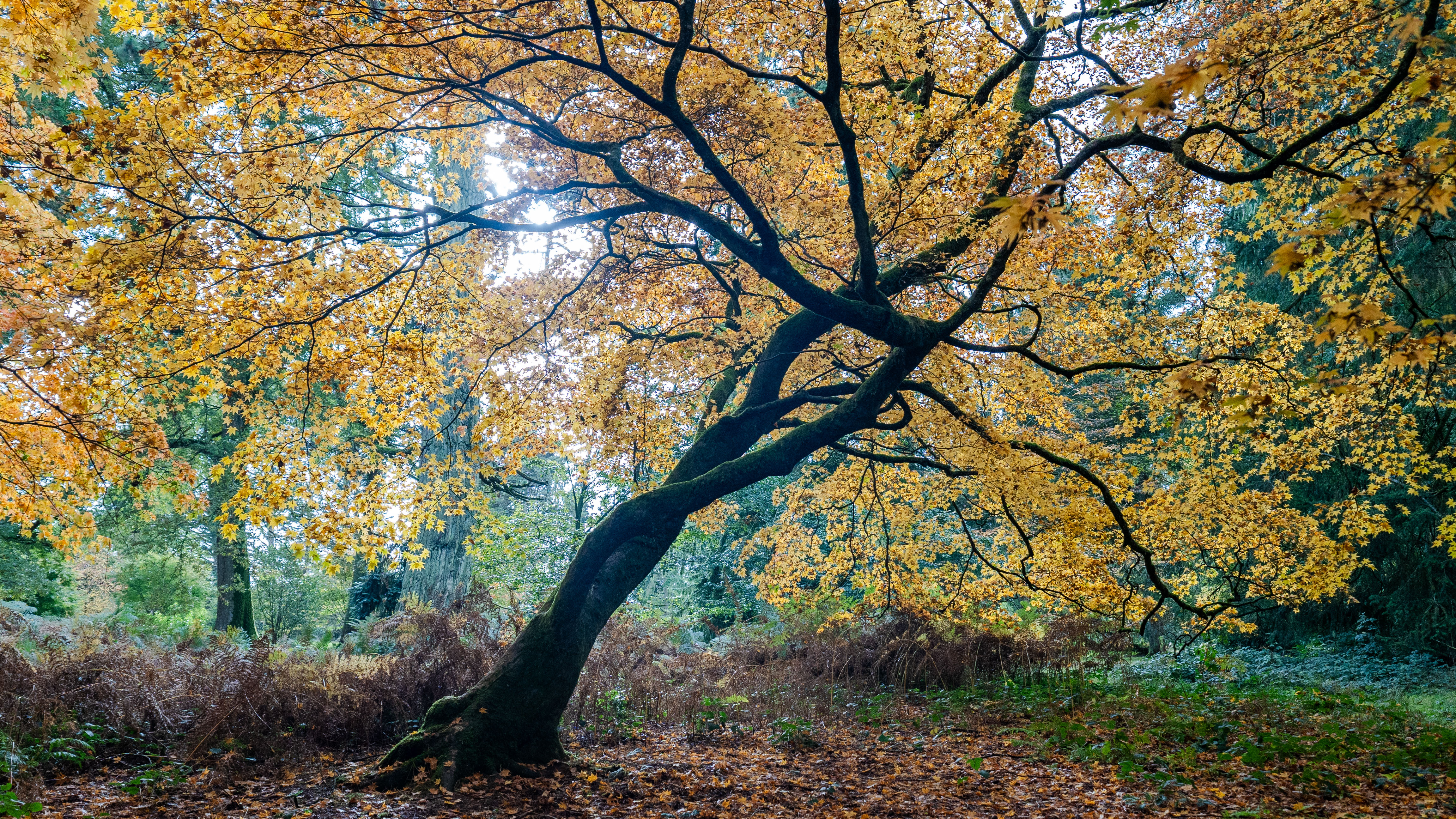
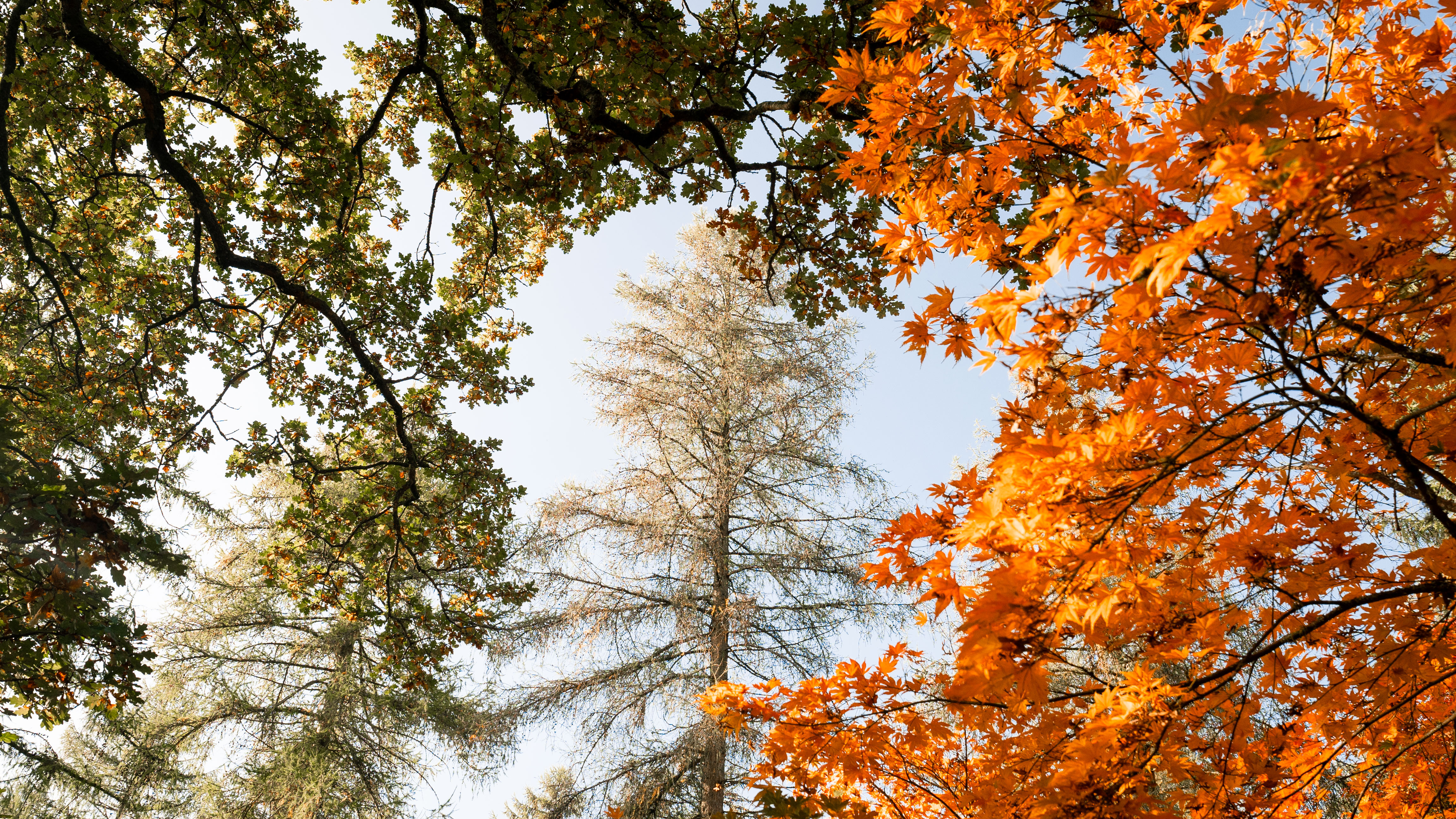
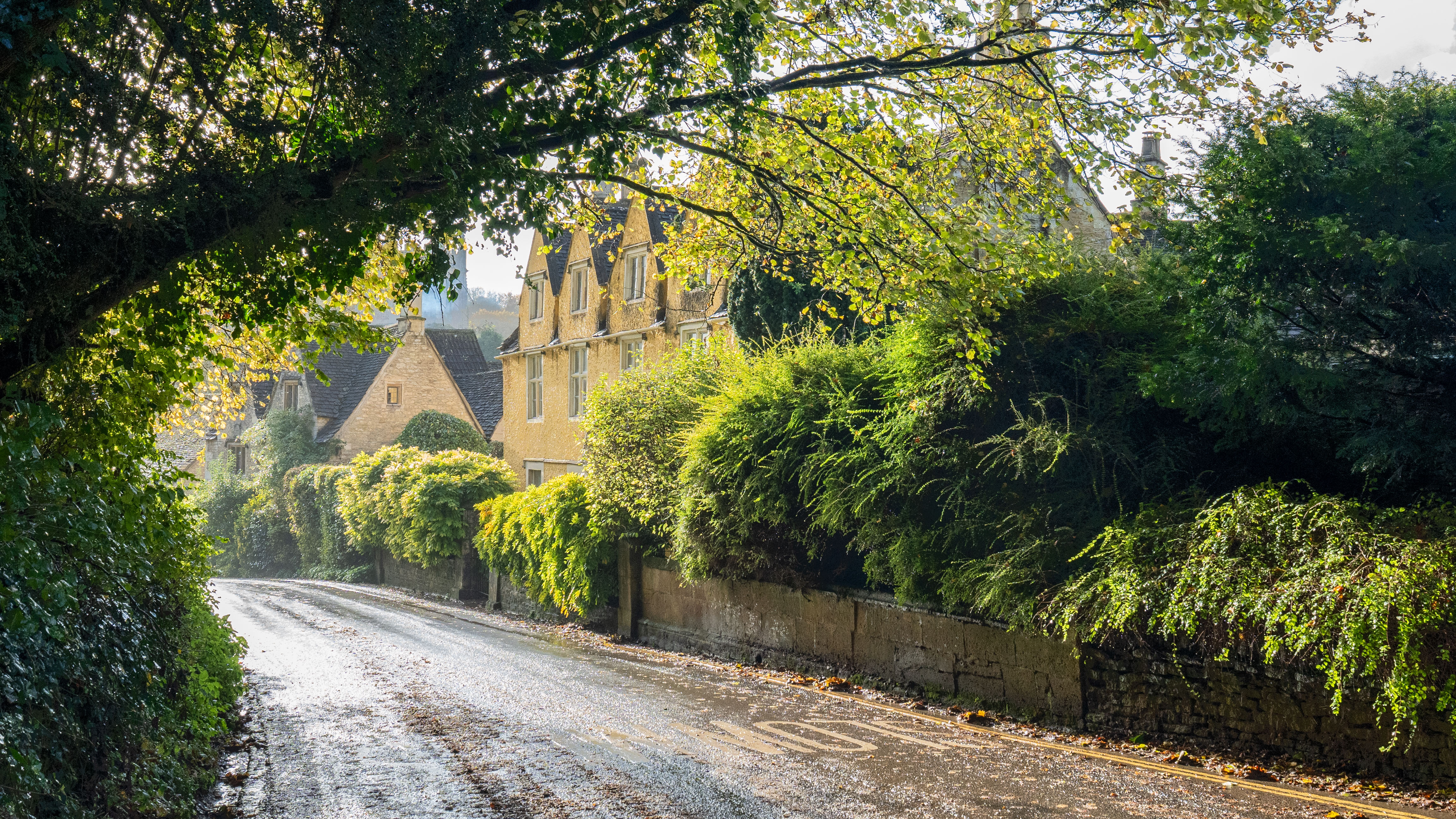
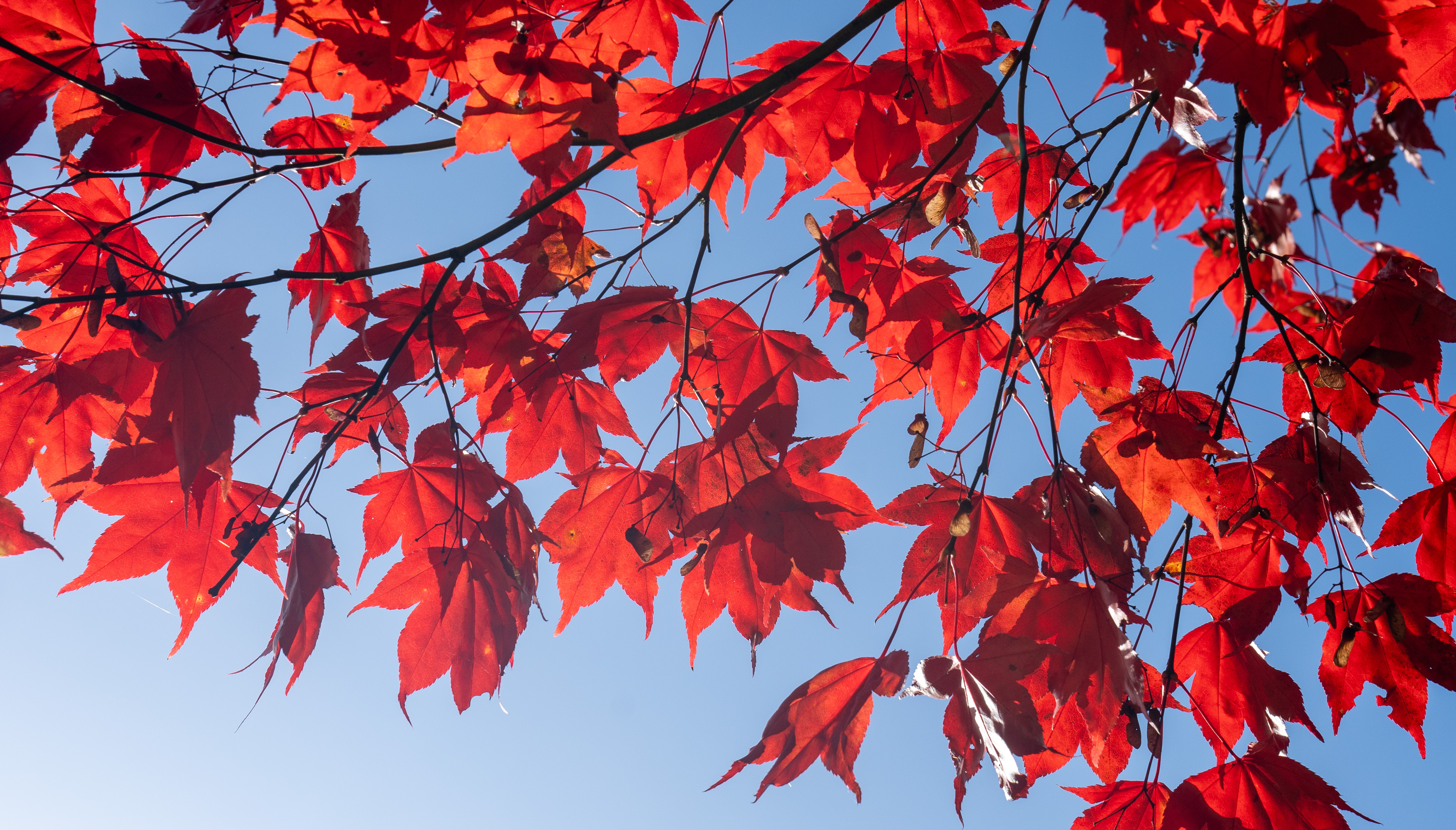
Another advantage is the AI-powered autofocus unit in the Sony A7C II. We still thought the Canon R8's autofocus was impressive, but with the Sony A7C II's deep-learning autofocus that can detect and track a whole host of subjects, it's just that bit better. It was able to track the eyes of a black cat indoors effortlessly, and when the cat turned his head away from the camera, it still kept focus on where his eyes would be, then immediately picked up again when he turned towards the camera again.
If you shoot handheld a lot, you're likely wanting a camera with in-body image stabilization, and the Sony A7C II has seven stops of image stabilization, whereas the Canon EOS R8 doesn't have any image stabilization at all. This won't be much of an issue for tripod-based photography, but most other styles would benefit from some in-body image stabilization without having to rely on the lens having it.
The Sony A7C II also has around double the battery life of the Canon EOS R8. We found the battery life fine for a casual day of shooting, especially considering it's a camera aimed more at enthusiasts.
- Read our full Sony A7C II review
Verdict
| Winner | 2nd place |
|---|---|
| Sony A7C II | Canon EOS R8 |
| ★★★★ | ★★★★½ |
| It's the more expensive option, but it has some impressive features for its price. | Although it outperforms the Sony for astrophotography, we felt it fell short in other areas. |
It's a difficult decision to make, especially considering we rated the Canon EOS R8 higher in our reviews*, but looking at its overall technology, handling, and performance, we think the Sony A7C II just pips it.
That said, if you're solely shooting astrophotography and nothing else, we were incredibly impressed with the Canon EOS R8's performance and high ISO handling, more so than that of the Sony A7C II. Astrophotographers may want to weigh up what's more important to their needs specifically. Also, if you can't quite stretch your budget to the Sony A7C II, the Canon EOS R8 is still an absolutely fantastic camera for its price and will produce some beautiful images.
*Note that the reviews of each camera were carried out by different authors, so there will be an element of subjectivity.
Join our Space Forums to keep talking space on the latest missions, night sky and more! And if you have a news tip, correction or comment, let us know at: community@space.com.

Kimberley Lane is a landscape & seascape photographer living in South Wales. Originally using photography as a way to cope with health issues, she aims to portray a feeling of calm and peace through her images. Her work has been featured in a number of national photography magazines.
